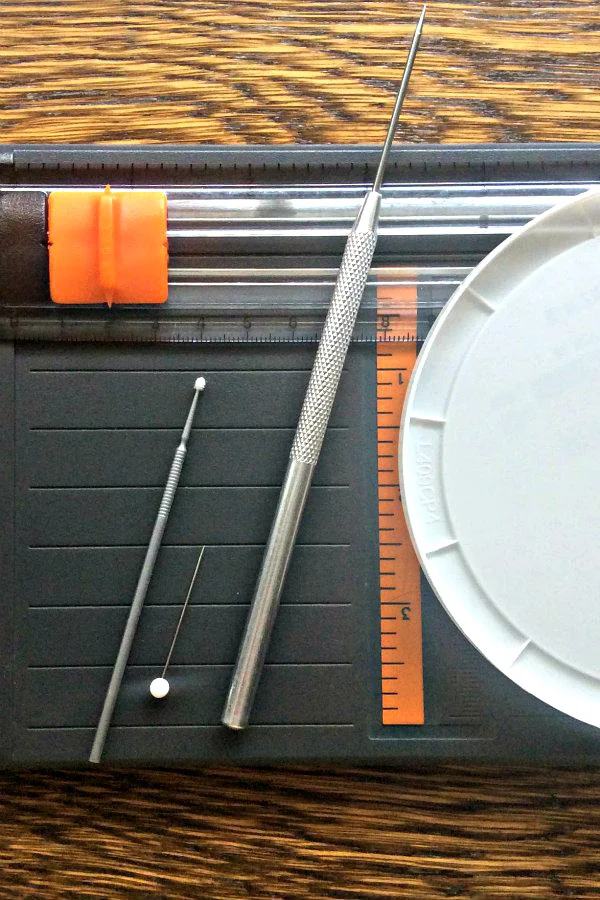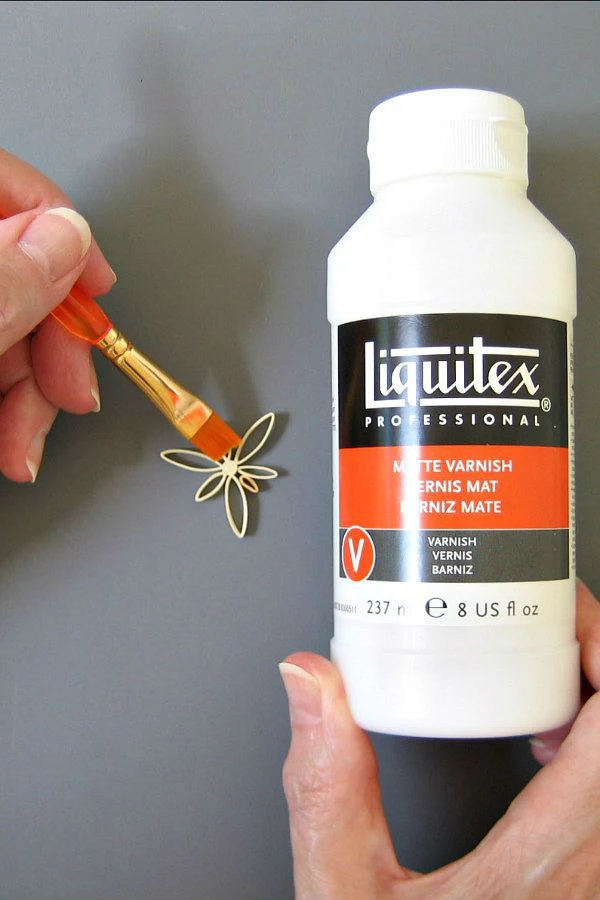1. Quilling is for grandmas.
Whenever I come across this statement, it's clear the person isn't in touch with the world of contemporary quilling. She or he needs to be introduced to the work of artists Yulia Brodskaya, Sena Runa, and Sabeena Karnik stat! In less than a decade, these young women have brought quilling to the forefront via their modern paper illustrations for advertisers and publishers. In addition, there are hundreds more quillers of all ages around the world who post photos of their own incredible work. Search for #quilling on Instagram and I think you'll be amazed.
Wait, Yulia has written a book? Yes! Painting with Paper: Paper on the Edge will be released in September and can be pre-ordered now. "Brodskaya offers not a predictable project book, but instead practical tips on how to work with her method in various ways of your own."
Ouch, that's pretty harsh. There are actually quite a few ways to learn to quill and many quillers are self-taught. In an ideal world, your local craft store hosts classes where you'll have a good instructor to get you started. Your best bet though, is to learn at your own pace via YouTube videos, blog posts (browse quilling tutorials and quilled jewelry tutorials), how-to books, and craft magazine articles. Join online quilling groups where experienced quillers are happy to offer advice and answer questions. There are quite a few Facebook quilling groups; Contemporary Quilling is an active one.
3. Quilling is expensive... it requires so many supplies.
Despite the fact that there are a mind-boggling number of quilling accessories - way more than even five to ten years ago - and some are quite handy, all you truly need are paper strips, paper craft glue, and a rolling tool (or even just your fingers). And once you start looking, you'll be amazed at the number of tools and materials you already have on hand around the house. It's a great hobby for budget-minded folks.
Excited to get started right away, my first tool was a cake tester from my kitchen drawer. What is that? It's a thin, stiff wire with a small loop on one end for grasping ease. Normally the tip is poked into a cake or muffin to determine if it has finished baking. However, any thin, stiff wire will work as a substitute quilling tool. I know one quiller who uses a long corsage pin. Often a wood toothpick or plastic cocktail stick is recommended, but I don't suggest going that route as they are too short to hold easily.
4. If you can't afford to order actual quilling strips, you might as well quit now.
Another myth! While most quilling strips are lovely to work with, available in a multitude of colors and definitely convenient, a sheet of printer paper cut into narrow strips can be used to decide if quilling is something you want to pursue, and later on, for practice. If you have access to a paper cutter to cut 1/8-inch or 1/4-inch strips, that's great, but if not, a pair of scissors will do... strips don't have to be perfectly straight for practice.
I have to admit I believed this as a new quiller. And while it's pretty safe to say no one prefers the look of a quilled coil with a honking large center and the end doubled back on itself, small crimps that result from using a slotted tool barely affect the overall beauty of a design.
6. A fine-tip glue bottle is essential.
While most quillers use and love a fine-tip glue bottle, my method has worked well for me since I first learned to quill in 2002. I place a shallow dab of glue on a plastic lid and dip from it with the tip of a paper piercing tool or a ball head pin. These tools allow me to control the amount of glue, similar to using a fine-tip bottle, but without the repetitive squeezing motion. When the gluing session is over, the dab dries and can be peeled off the plastic and discarded.
7. You can't help but get glue on your background paper.
Oh contraire! The key is to remember less is more. Because paper is absorbent, the smallest amount of glue
will secure the end of a coil or hold a completed
piece in place on the background mat. If a drop of glue lands somewhere it shouldn't,
think creatively... chance are good you'll be able to modify the design (i.e. hide the accident) so no one
will be the wiser.
But what if your design is a minimalistic one and there is no way to add an extra coil? Or let's say excess glue has oozed out around a strip and left a shiny snail trail on your
pristine paper? Immediately dampen the end of a tiny bristle brush - the kind used
for model making - and sweep it along the strip's edges to collect glue on the bristles. Rinse and
repeat ever so gently until the glue is gone, then place a tiny piece of dry tissue
on the tip of your needle piercing tool and roll it lightly over
the damp area to smooth the paper fibers.
8. Applying varnish to a finished project is essential.
This is a touchy subject, but I bet we can all agree that for a framed quilled design behind glass, there is no need for a fixative. But even without glass, I'd argue for not using one... the piece will look more like true paper if it isn't coated with a plastic-like shine. Of course if quilling will be exposed to humidity (on a porch or in a bathroom, for example), then spray or brush on a couple of thin coats of a matte fixative and hope for the best. If you plan to make quilled jewelry, keep in mind that rings and bracelets are more likely to be splashed with water than earrings and necklaces.
9. Quilling is soooo non-stressful!
Okay, this is true in part. Like any meditative art or craft, there is no question that quilling can become a zen-like experience once you know how to do it. However, if you roll and pinch coils for hours at a time, you can be injured - just from sitting still! We get so in the zone we forget to get up and move... but you won't see the damage from doing this right away, perhaps not for years.
A more immediate problem is repetitive stress injury to the hands. When I exclusively used a needle tool as a new quiller, I gripped it too tightly in order to achieve a perfect center... this led to tendonitis. Lesson learned! I took a break from quilling for a few months, then switched to a Japanese slotted tool (I like one that is available from Motoko (Maggie) Nakatani - the coil centers it produces are tiny), and made sure to quill only for short periods and to do hand stretches periodically while quilling. Read about choosing a slotted quilling tool, including the type sold by Maggie via Etsy shop Quilling Maggie.
[EDIT March 2023: Motoko is still shipping the super-fine quilling tool worldwide, but Covid continues to cause delays. Rather than shipping via her Etsy shop, she can be contacted directly and will ship a tool via EMS to the U.S. for about $28. Alternatively, less expensive regular airmail has been taking about one month and does not include tracking or insurance. Contact Maggie at info@e-bison.co.jp to place an order.]
10. It is totally wrong to copy someone else's design.
Nope, designs that are found in how-to books, magazines, and kits are most definitely intended to be copied. This, after all, is how a person learns to quill. What is totally wrong, however, is to take credit as the designer or to sell these items if permission isn't specifically granted in the text or by contacting the original designer to ask permission.
There are more quilling tips here: Quilling Frequently Asked Questions and you'll find my recommended quilling supplies here: Amazon shop.


















